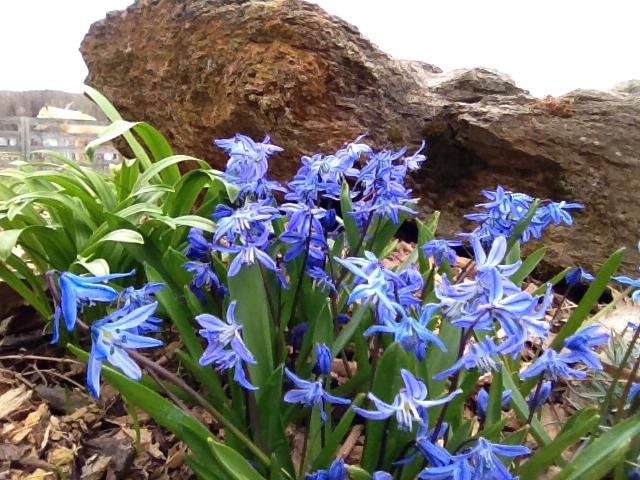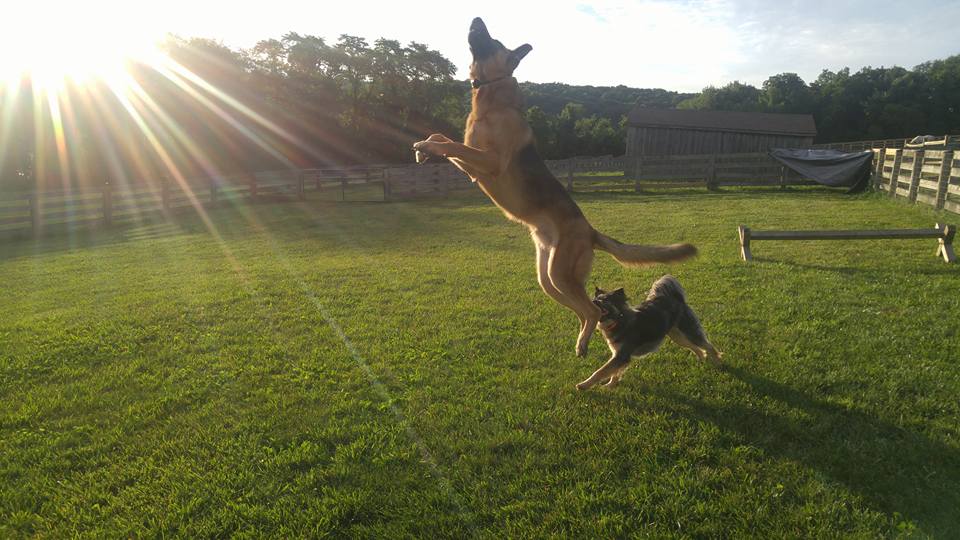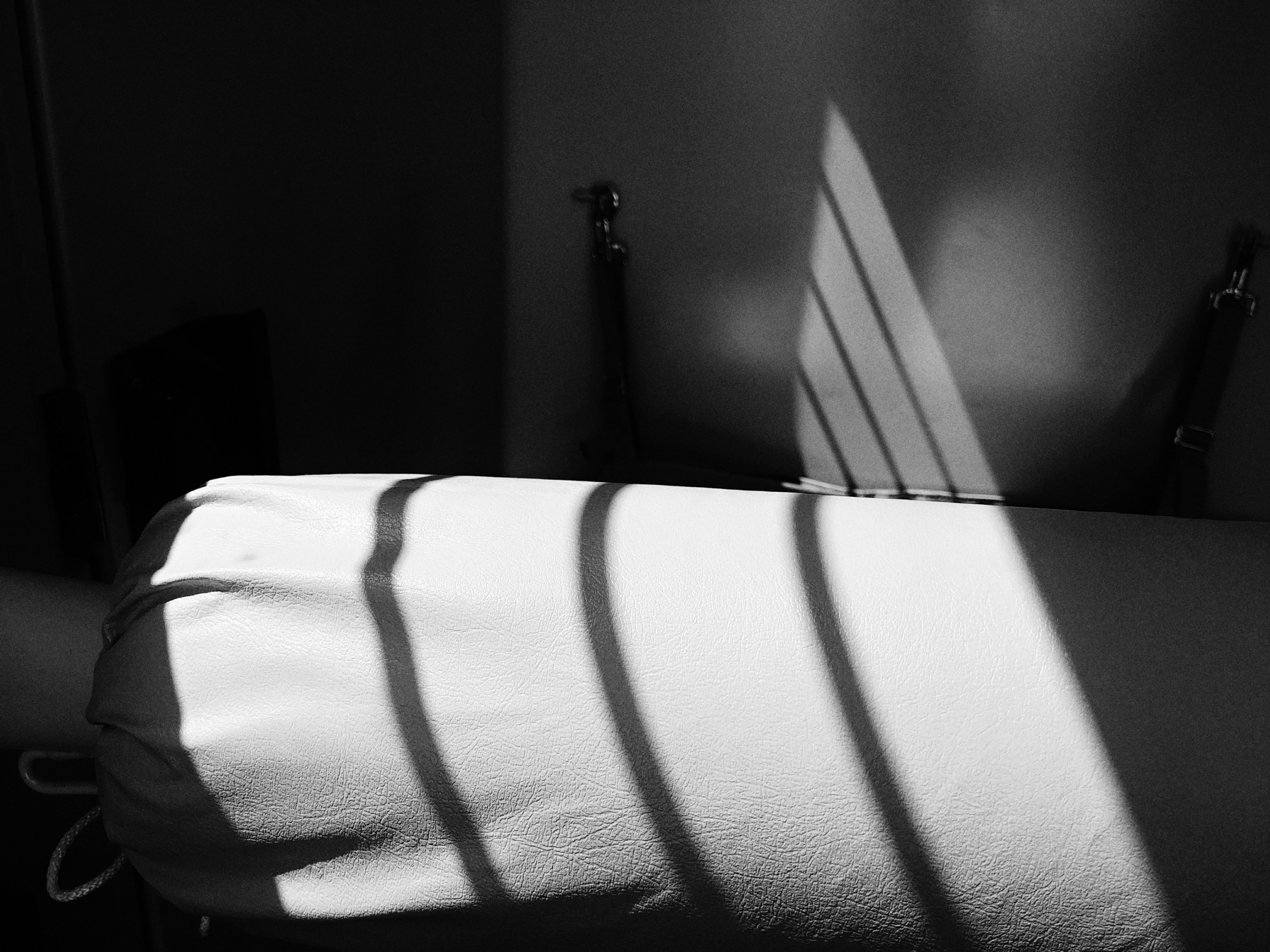
We have a redbud tree with a tiny nub where its main trunk once grew straight up towards the sky. This redbud is in a spot on our property where we buried one of our cats, and despite my many attempts to grow her a memorial plant, everything I have put on her grave has died. The redbud, which is not directly on her grave but very close by, looked like it would be the next victim. But though the main trunk did die off about two feet above the ground, there were some skinny little twigs that slowly took over and grew upwards. The tree gets hit by our strong northwest winds, even more so since we took down the disintegrating locust trees that sort of blocked some of the wind sometimes (but that also flung branches down on the redbuds sometimes), and the way it has grown makes it look like it’s being bent by a strong wind even when the air is still.
I haven’t counted the trees we have planted in a while, but there are over twenty of them. Some of them have had uneventful lives, growing straight and strong and healthy. Others, like the redbud, have suffered one way and another, sometimes with known causes and sometimes unknown. The eleven year old maple tree that marks one of the horse graves has a split trunk because what was the main trunk got bitten off by one of the other horses when the tree was still tiny. There are two young tulip poplars we planted in the same season. One of them is about four times the size of the other because the little one’s leaves kept getting eaten by something that didn’t seem to find the other one tasty, despite the two trees being only about thirty feet apart. Our two Bradford pears did what Bradford pears do, and split beyond saving in two separate storms, though the second one to die continues to stage Night of the Living Bradford Pear and sends up little zombie shoots despite all kinds of discouragement. Some of our strongest trees are the volunteers – the trees that seeded themselves from another tree on our property and chose where they wanted to grow.
It used to be that when I had to answer family medical history questions at a doctor’s office, I said that except for my grandfather who died of a heart attack at 55, everyone was pretty healthy. We are not a talking people, my family – at least not about personal topics – so it took a couple decades of collecting and extrapolating information before I realized there probably isn’t room on the forms to list all the things. In addition to my grandfather’s heart attack, there is high blood pressure and high cholesterol and thyroid disfunction. There is quite a bit of depression, probably two suicides, a lot of alcholism. There is some range on the autism spectrum. There are at least six different cancers. I’m never sure how helpful it is for me to know these things. Some of them don’t affect me, some I can stave off or manage, but some of them just are or will be.
My father used to say that he didn’t understand depression. His suggestion for a cure was “Just decide to be happy, and be happy.” Of course, he also said that he didn’t understand drug use because he “just got high on life” – and sometimes he said it with his daily beer or vodka and tonic in one hand, a bottle of wine open in the dining room to breathe so it could be consumed with dinner, and a liquor cabinet full of options for his after dinner nightcap. He was a man of contradictions, with a sidecar of denial. Once, when talking to my then sober grandmother (my father remained convinced that both my grandmother and my aunt went to AA meetings because they were lonely and it was a way to make friends), he said “We don’t drink” and my mother looked up from her newspaper and said “The hell we don’t!” which I thought was considerably more accurate.
I’d be hard pressed to describe my father as happy – the emotions he displayed tended more towards anger than joy – but he was curious, continually interested in life, and I think he was content. Knowing what I do know of his childhood, I would say he was a bit like my redbud tree and grew strong in the directions he could with what he had to work with. I am a child born of his seeds and blown by his often stormy winds, and like many of my trees, I have chosen where I want to put down my roots and I have grown as I will. My brain is not a good guide for my emotions – if my brain had its way, I wouldn’t have any emotions at all, so deciding how to feel is not in my life plan. But feeling what I feel and growing because of it, in spite of it, or when necessary around it – that is something I can keep doing.
























